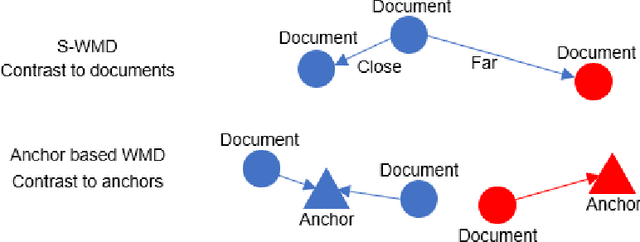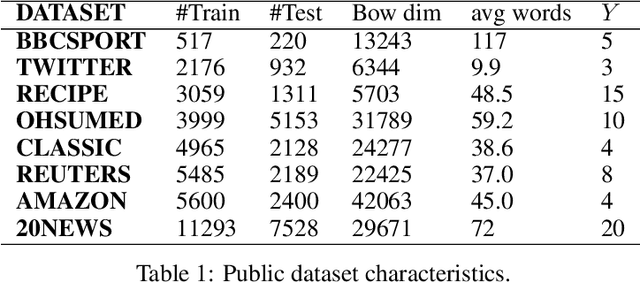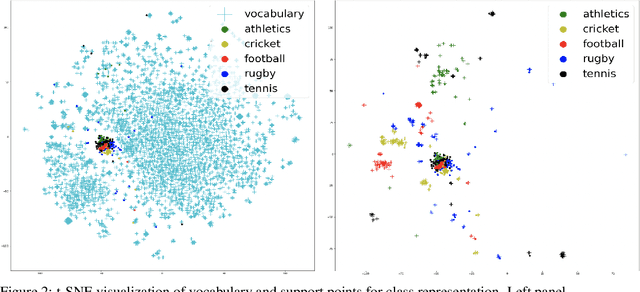Interpretable contrastive word mover's embedding
Paper and Code
Nov 01, 2021



This paper shows that a popular approach to the supervised embedding of documents for classification, namely, contrastive Word Mover's Embedding, can be significantly enhanced by adding interpretability. This interpretability is achieved by incorporating a clustering promoting mechanism into the contrastive loss. On several public datasets, we show that our method improves significantly upon existing baselines while providing interpretation to the clusters via identifying a set of keywords that are the most representative of a particular class. Our approach was motivated in part by the need to develop Natural Language Processing (NLP) methods for the \textit{novel problem of assessing student work for scientific writing and thinking} - a problem that is central to the area of (educational) Learning Sciences (LS). In this context, we show that our approach leads to a meaningful assessment of the student work related to lab reports from a biology class and can help LS researchers gain insights into student understanding and assess evidence of scientific thought processes.
 Add to Chrome
Add to Chrome Add to Firefox
Add to Firefox Add to Edge
Add to Edge